Administration de la gestion de l'eau
Type of resources
Available actions
Topics
Keywords
Contact for the resource
Provided by
Groups
Years
Representation types
Update frequencies
status
Scale
-

Status of the authorization demands.
-
This layer contains the inspections and controls carried out by the SICOPOL service of the Water Management Administration.
-

The chemical status of the surface water bodies is assessed as being good or failing to achieve good chemical status. The assessment of the chemical status for the third river basin management plan is based on the list of substances of directive 2008/105/EC and the environmental quality standards established by the new directive 2013/39/EC. The assessment without the ubiquist substances permits to get a differentiated picture of the actual situation.
-
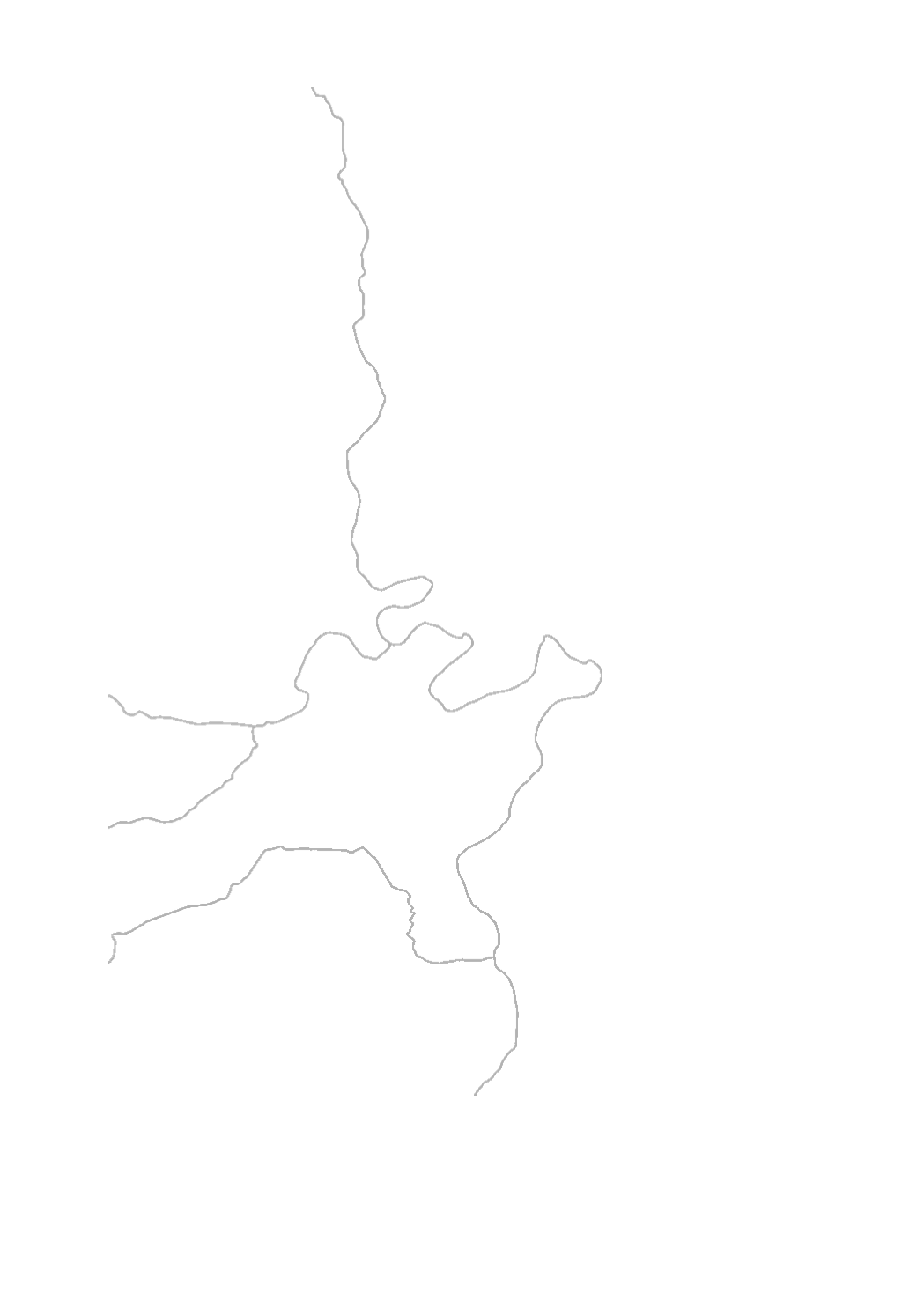
Phytoplancon is one of the 4 biological quality elements (BQE) used for the assessment of the ecological status of the surface water bodies. The assessment is made in 5 classes : high (blue) - good (green) - moderate (yellow) - poor (orange) - bad (red). The evaluation of this BQE is only relevant for the large rivers where the quantity of phytoplancton is significant and can be evaluated. Therefore phytoplancton is assessed in natural water bodies of type VI an in heavy modified waterbodies (HMWB) presenting a lake character, as the HMWB Sûre (WB III-2.2.1) and the HMWB Our (WB V-1.2). The frequency for phytoplancton monitoring is annually with 6 samples between April and October.
-
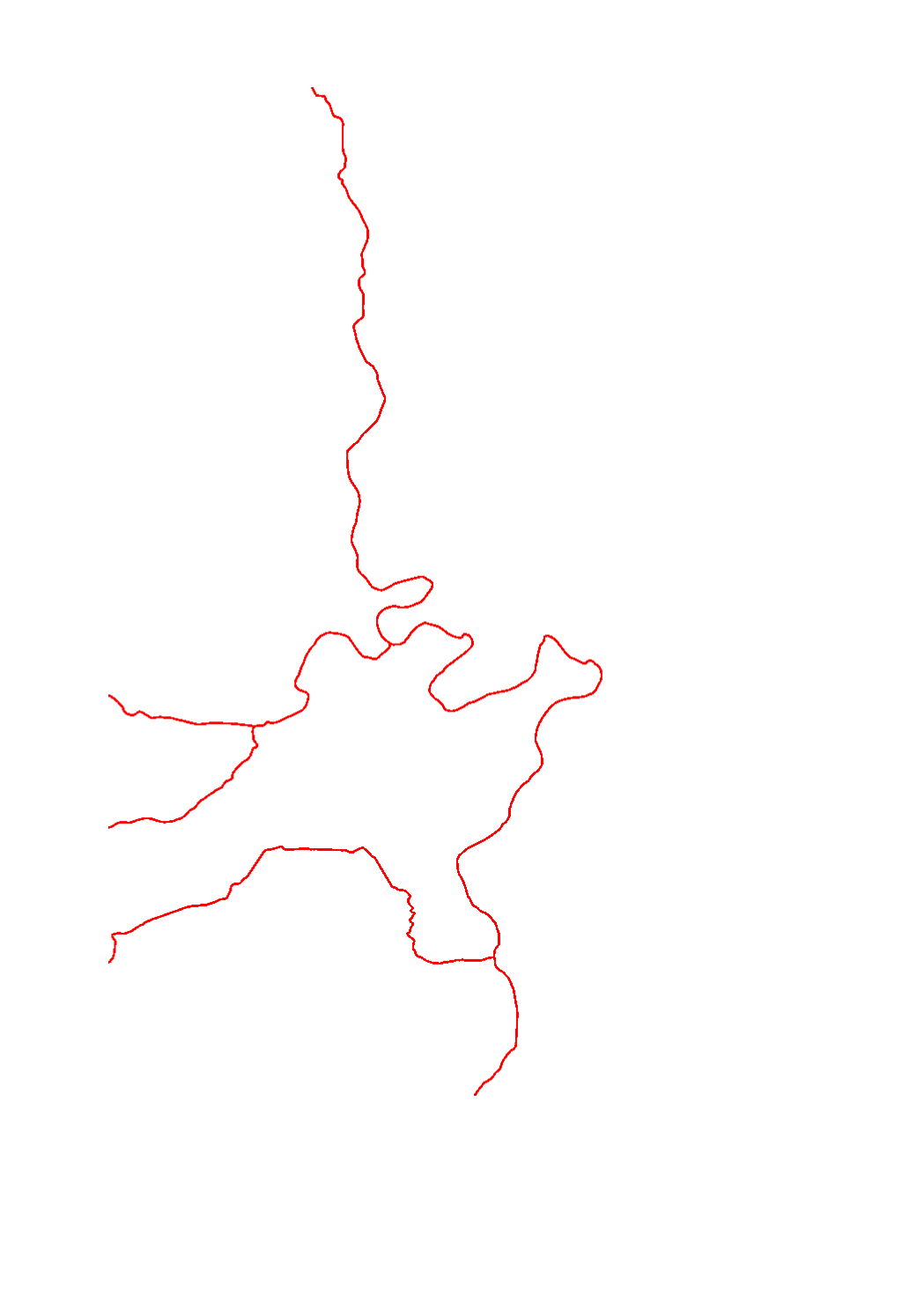
The chemical status of the surface water bodies is assessed as being good or failing to achieve good chemical status. The assessment of the chemical status for the third river basin management plan is based on the list of substances of directive 2008/105/EC and the environmental quality standards established by the new directive 2013/39/EC.
-

Restoration of near-natural flow regime at hydropower plants, discharges and diversions. Adapted operation of hydropower plants, verification and, if necessary, restoration of the natural state of discharge points and verification and possible elimination of water abstractions by means of specific studies of alternative solutions and proposals for mitigation measures.
-

Enable an autonomous dynamic development of the river within clearly defined zones (ideally within a river corridor), leading to the formation of riverbed and riverbanks’ structures compliant with the river typology.
-
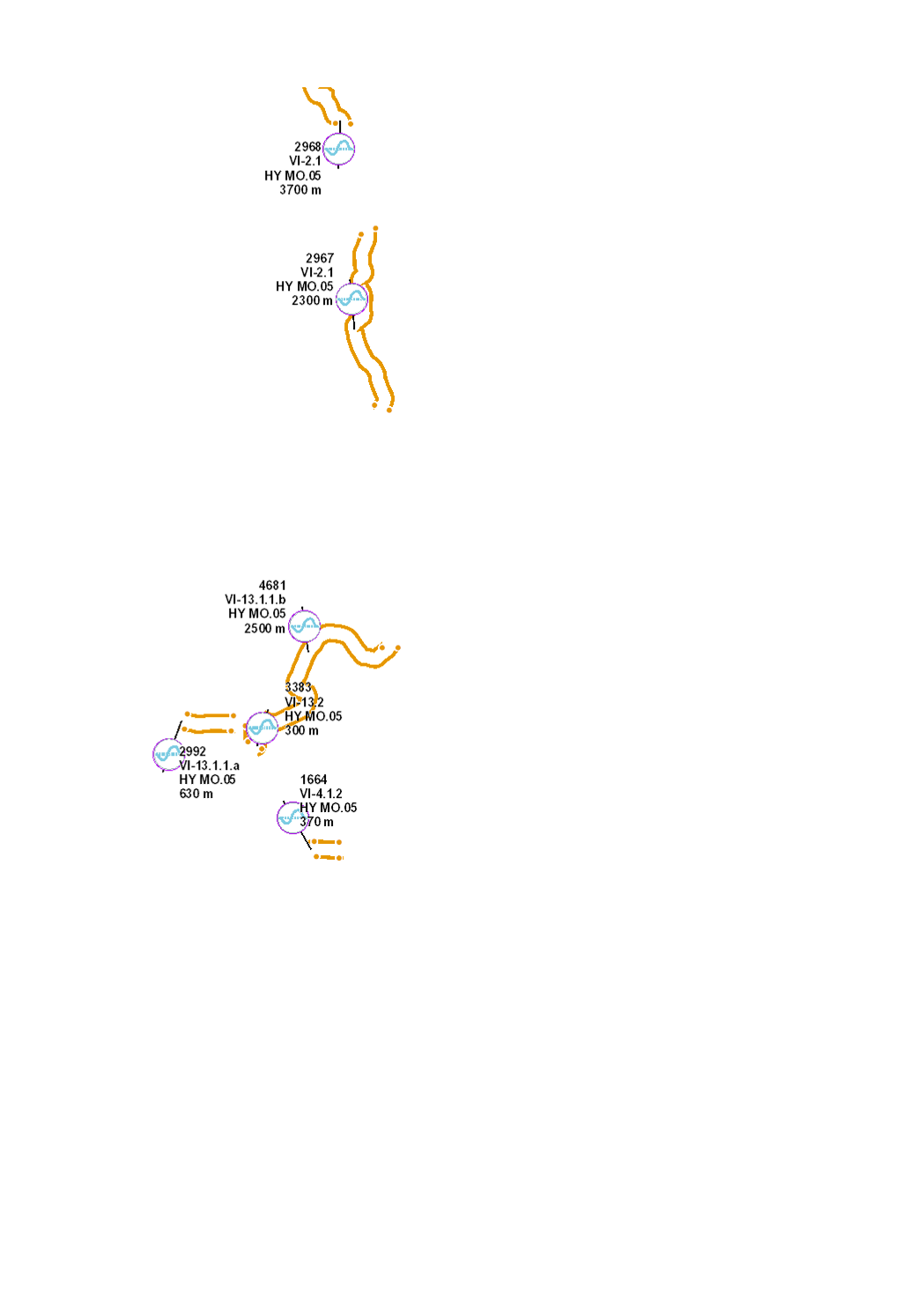
Typical river restoration technique. Re-meandering and restoration of the riverbed in order to recreate a new meandering course compliant with the river typology, with a riverbed and riverbanks rich in structures.
-
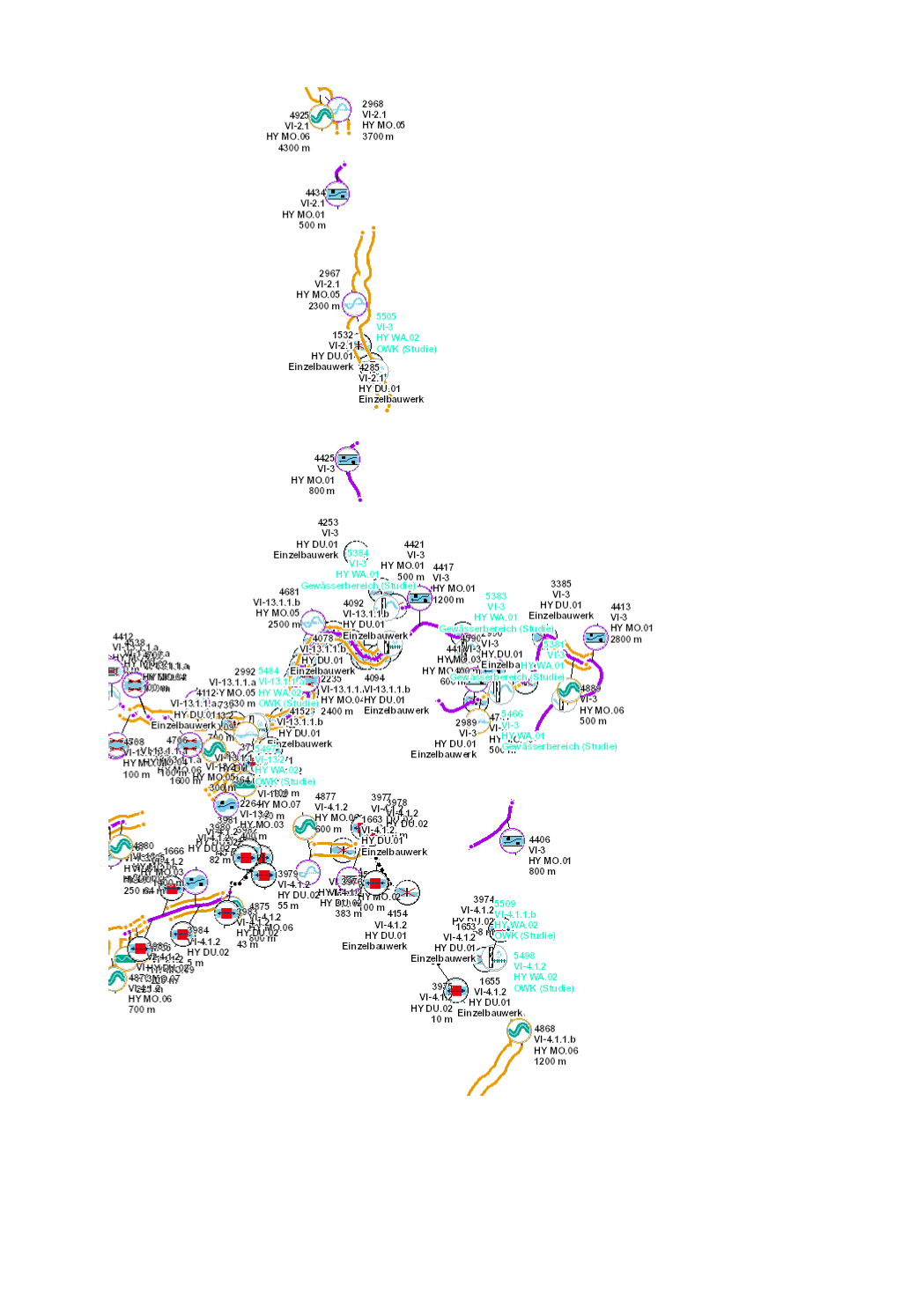
The types of measures related to hydromorphology (HY) which are defined in the catalogue of measures of the third river basin management plan, were assigned to the individual water bodies. The objective of this assignation is to identify for each water body those measures that will help to reduce the pressures and deficits present in the water body, thereby improving its status or maintaining its good status. The hydromorphological measures include the restoration of the ecological continuity, the improvement of the riverbed structure as well as the restoration of a near-natural hydrological regime.
-
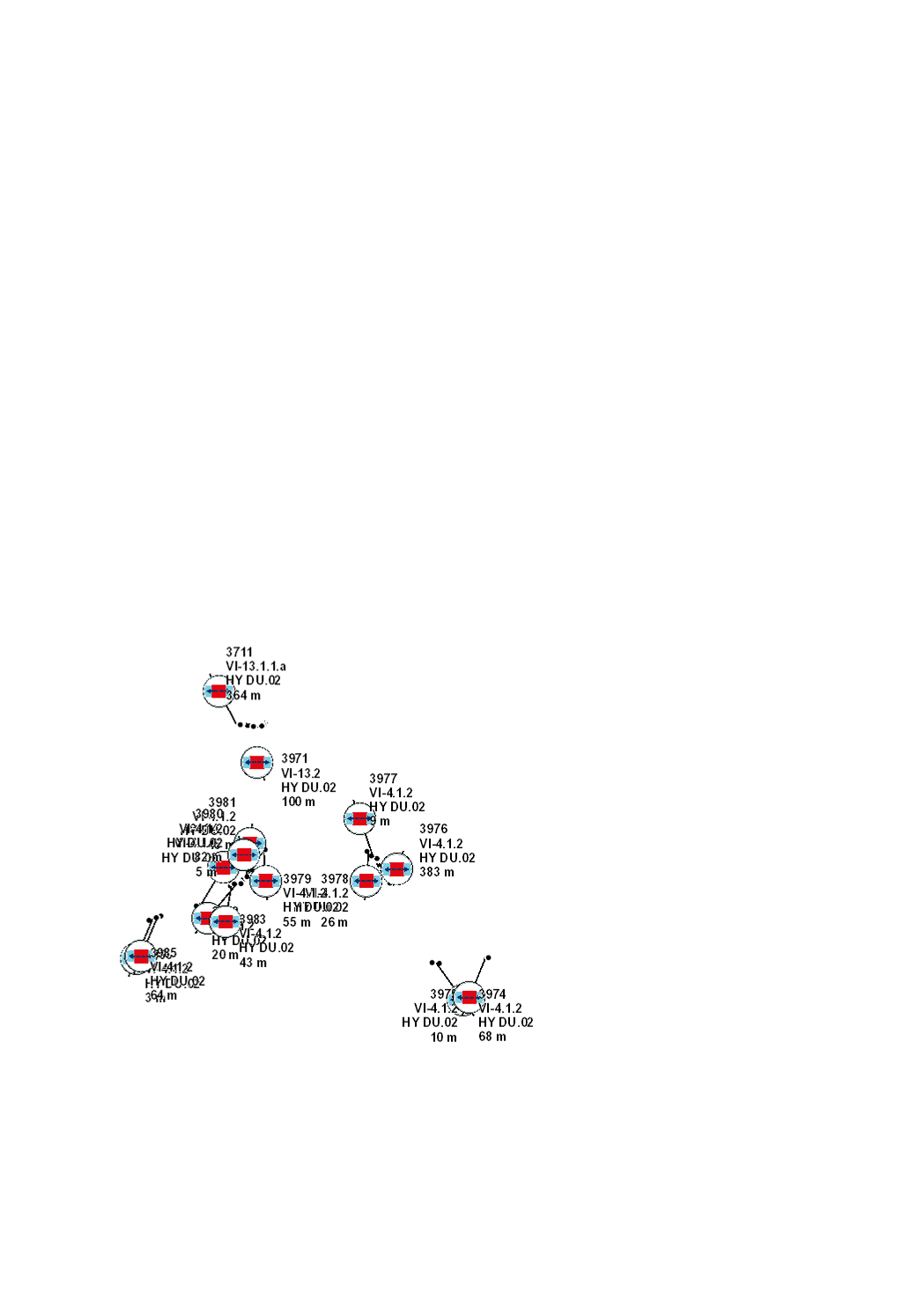
Restoration of the ecological continuity for fish, macroinvertebrates, sediments and terrestrial animals by culverts, through its permanent suppression, or through its adaptation in order to reach natural conditions of substrate, depth, flow rate, luminosity and riverbank structure.
 geocatalogue.geoportail.lu
geocatalogue.geoportail.lu